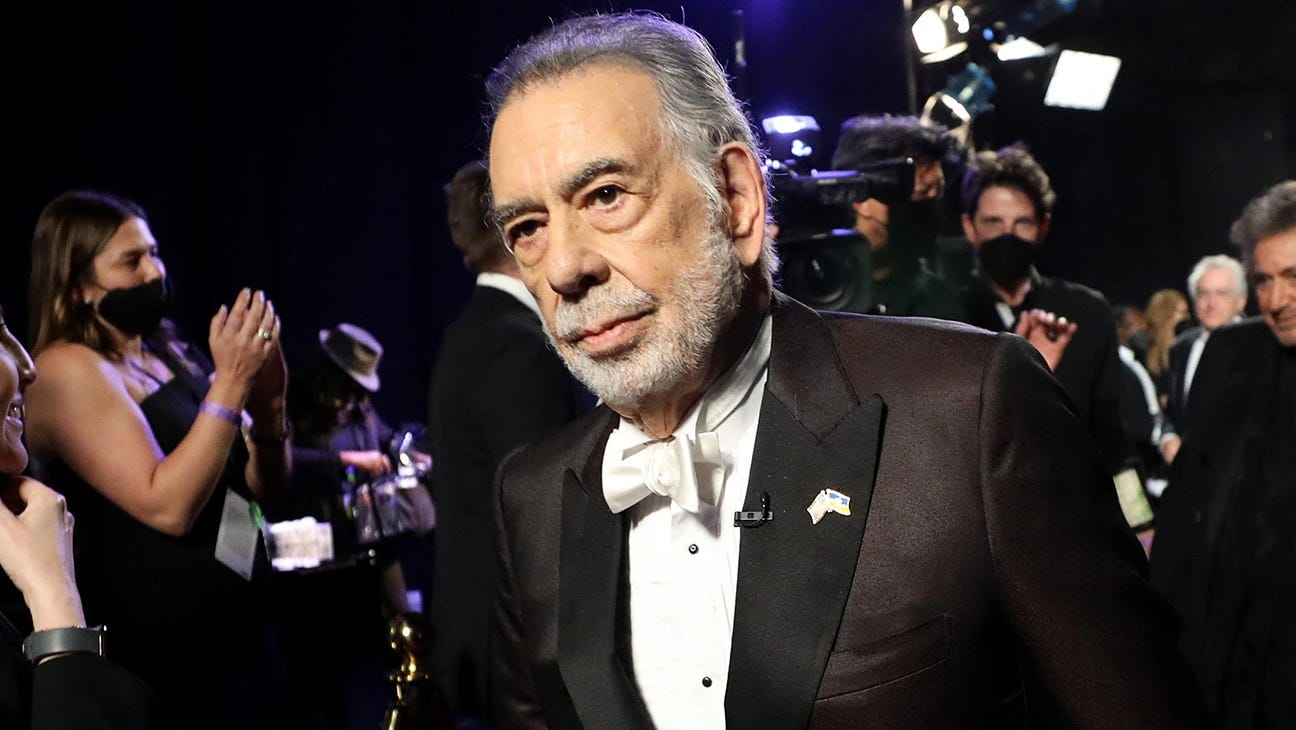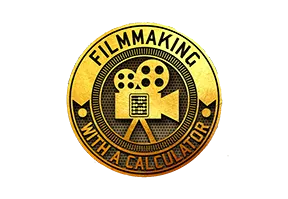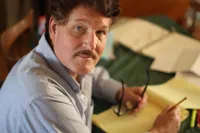CreativeExplorer-MichaelMandaville.com
I work in Film. I live in Martial Arts. I thrive in Imagination.
Article Directory

Filmmaking: Francis Ford Coppola Chaos
Francis Ford Coppola directed “The Godfather” for which I will be truly grateful with its incredible design, acting, editing, scripting and more. Why?
“The Godfather” made me want to make movies.

Today, Coppola is making a very personal film, “Megalopolis” and I’m sorry to read this column in Variety. The “Film Industry” (including Streaming and everything else now) is both “Art” and “Business”. Despite the eccentricities tolerated by studios of creative personnel who think that they are above logic, consideration to others and the endless march of time, the business part matters. A lot.
The filmmaker is halfway through the movie in Atlanta, with one source describing the set as "absolute madness."
Francis Ford Coppola’s latest movie, the sci-fi-tinged Megalopolis, has descended into chaos, according to multiple sources. The movie, currently halfway through shooting in Atlanta, has in the last week lost key creative talent including its production designer and supervising art director. That’s on top of losing the entire visual effects team in the first part of December.
To many insiders, the production is giving severe Apocalypse Now vibes, and it’s one on which the iconoclastic 83-year-old director is breaking a cardinal Hollywood rule: Never spend your own money.
After the “Godfather’, Coppola made “Apocalypse Now” with absolute chaos. You can read this article about it.
“The strained making of 'Apocalypse Now'“
Dead bodies, heart attacks, wild parties, cocaine binges, Marlon Brando's belly and breakdowns. Thirty years on, Robert Sellers revisits the making of 'Apocalypse Now'
If things had worked out differently, Apocalypse Now would have been directed by George Lucas in 1970, guerrilla-style in Vietnam itself, while the conflict was still raging. Rightly, no studio would finance such an exploit, for fear that Charlie might dislodge the film-maker's lower intestines with a well-aimed bazooka shell. Francis Ford Coppola's vision was far greater, far more artistic and far more bonkers. As he later raved during a Cannes press conference, his film wasn't about Vietnam, "It is Vietnam!"
It was expected to be a 14-week shoot in the Philippines, beginning in the spring of 1976, but logistics, weather and general disasters conspired against the film. Worse, Coppola fired his leading man, Harvey Keitel, after two weeks, replacing him with Martin Sheen, who was then nursing private demons of his own, namely booze. When Sheen arrived, he found chaos. Coppola was writing the movie as he went along and firing personnel, people were coming down with varioustropical diseases and the helicopters used in the combat sequences were constantly recalled by President Marcos to fight his own war against anti-government rebels.
The director has a long history of challenging productions. He self-financed the 1982 musical romance feature One From the Heart, which failed to perform, and followed it up with The Cotton Club, the 1984 all-star crime drama. That movie, also a bomb, was notoriously remembered not just for a troubled set — crew members reported being abruptly fired — but also for a revolving door of financiers.

